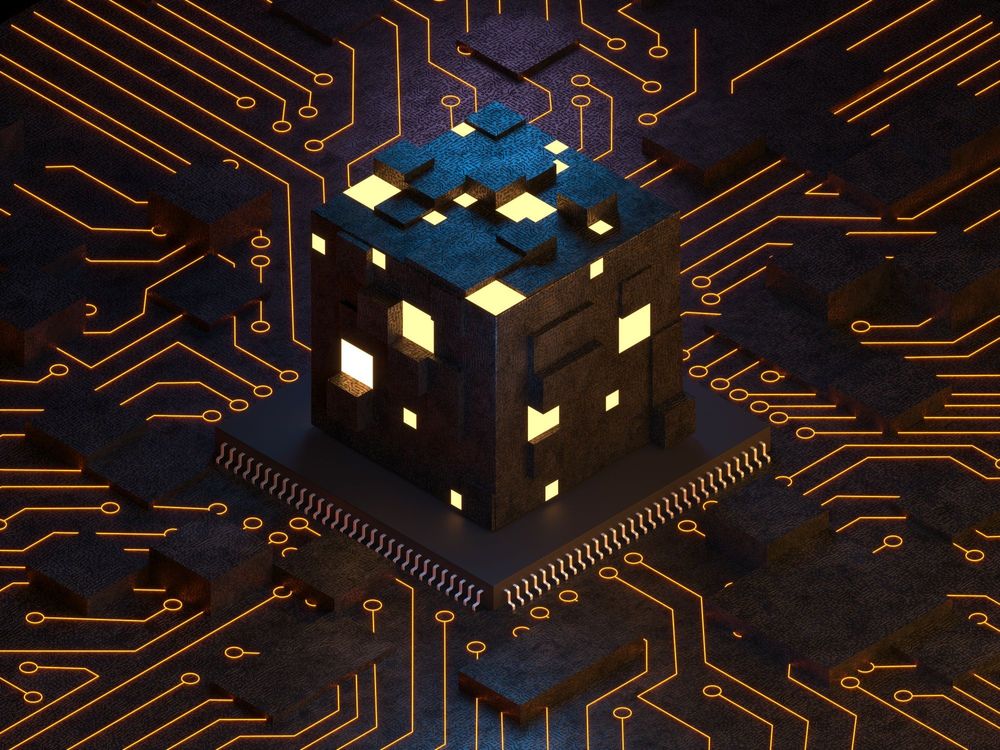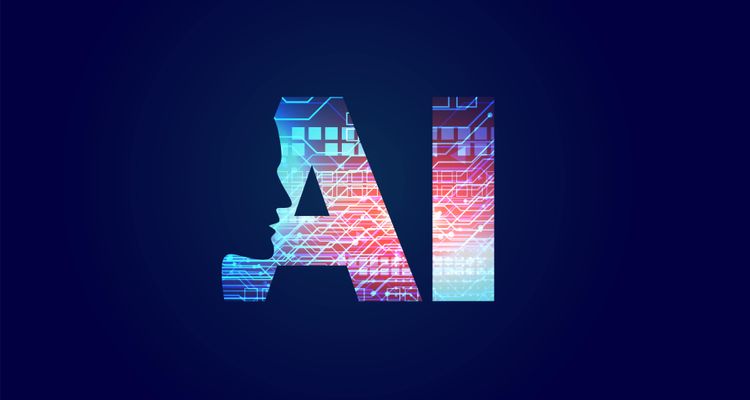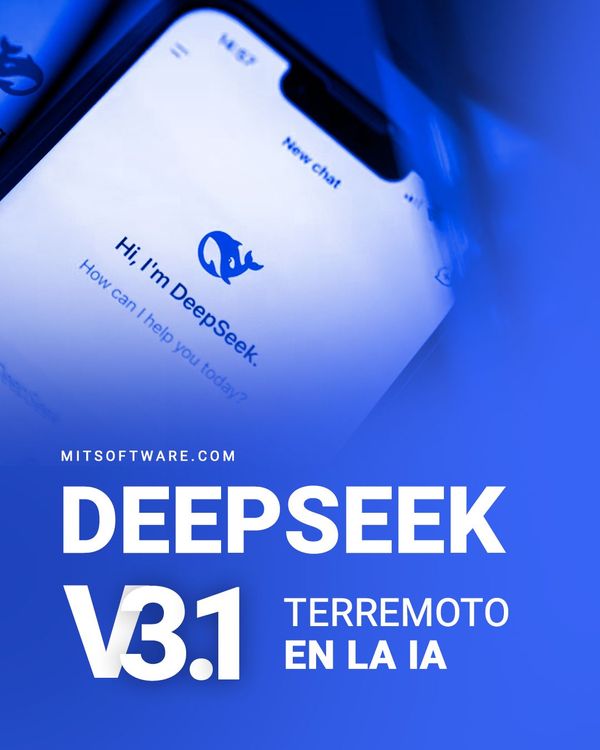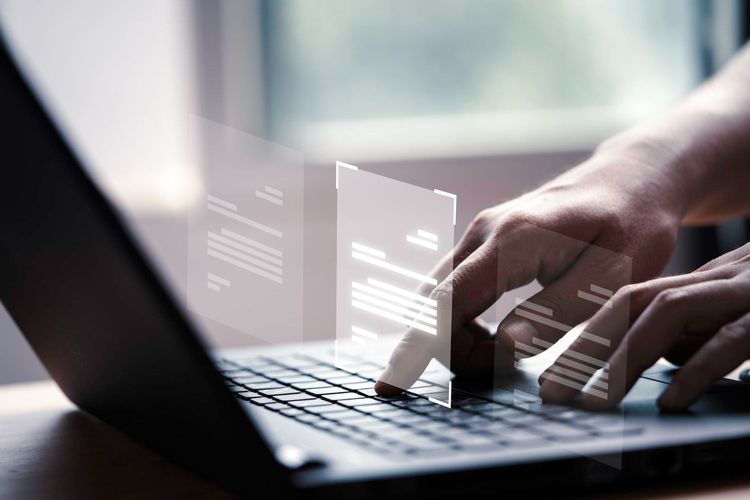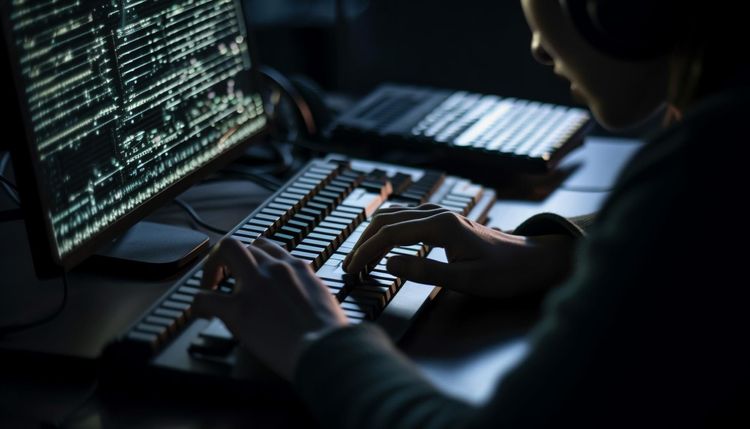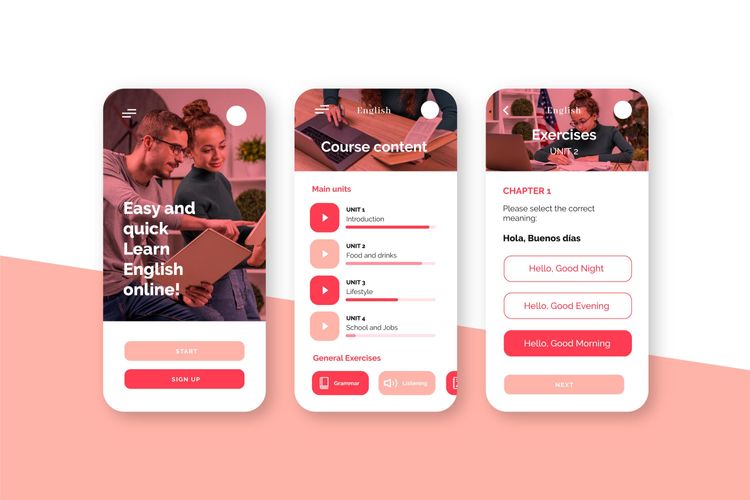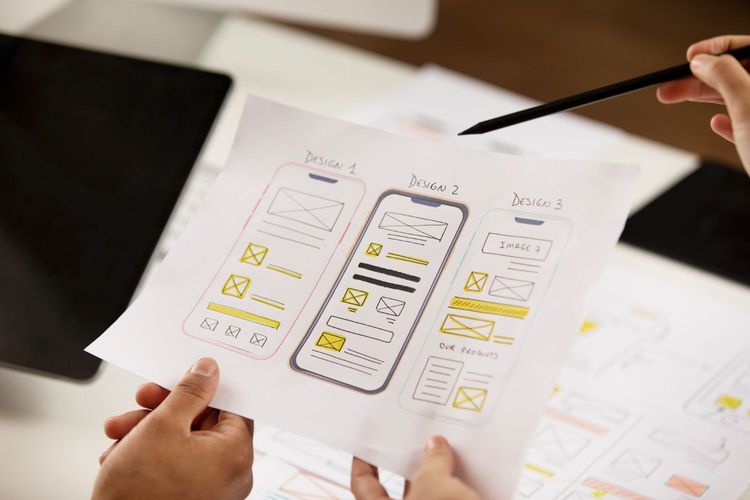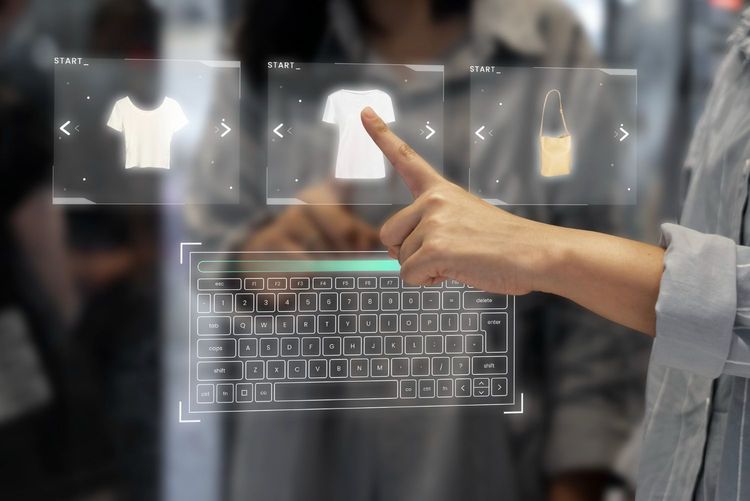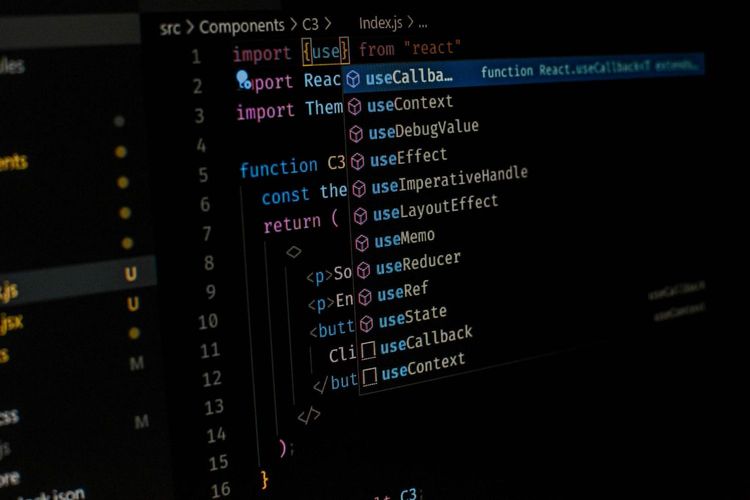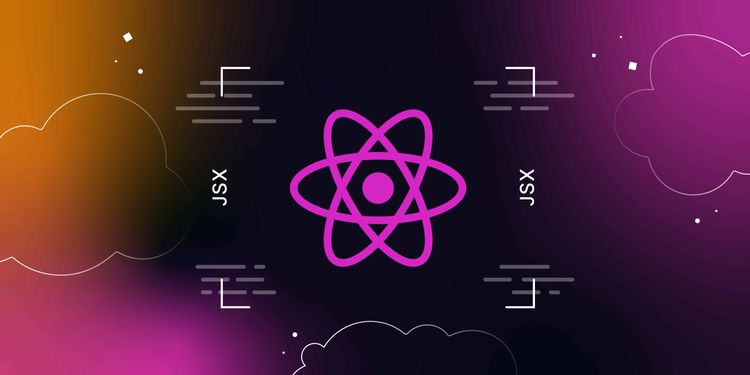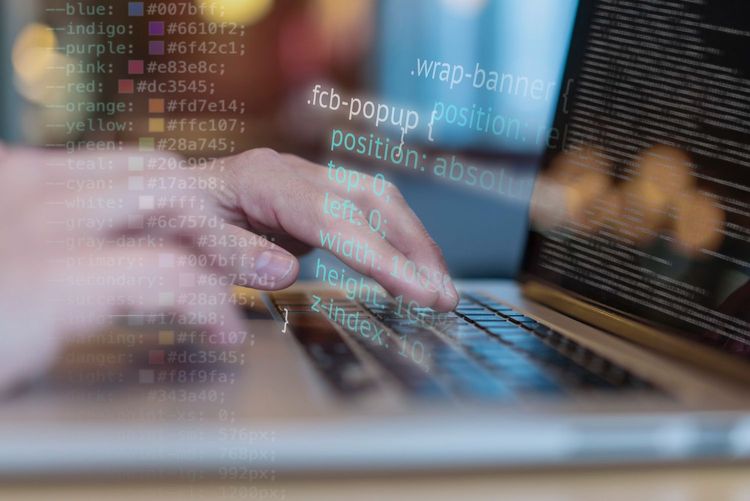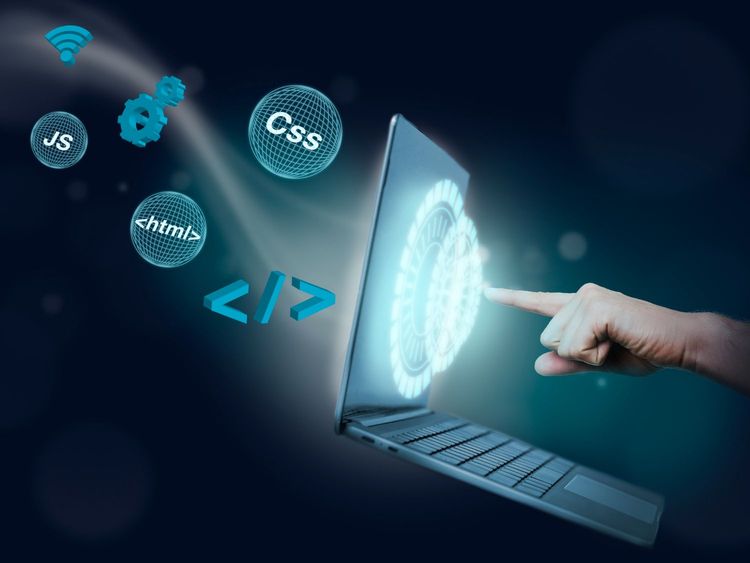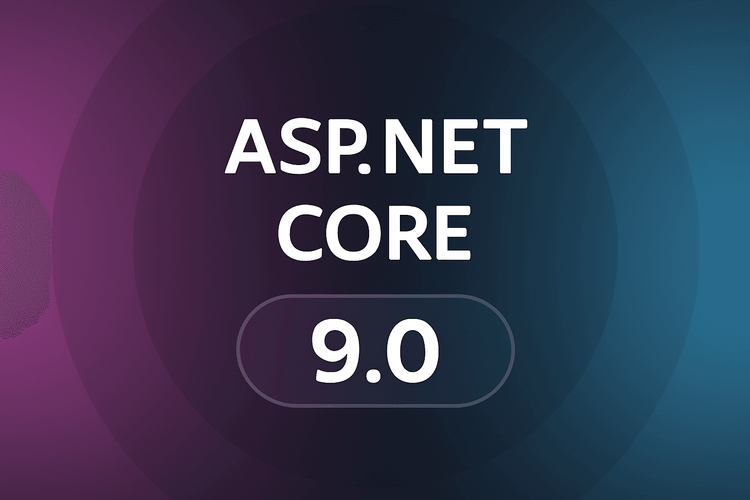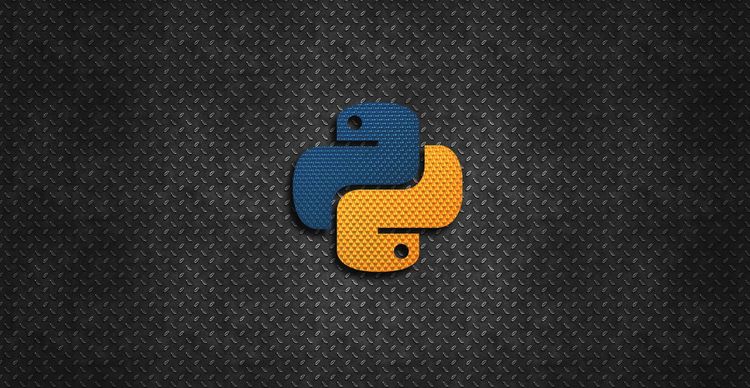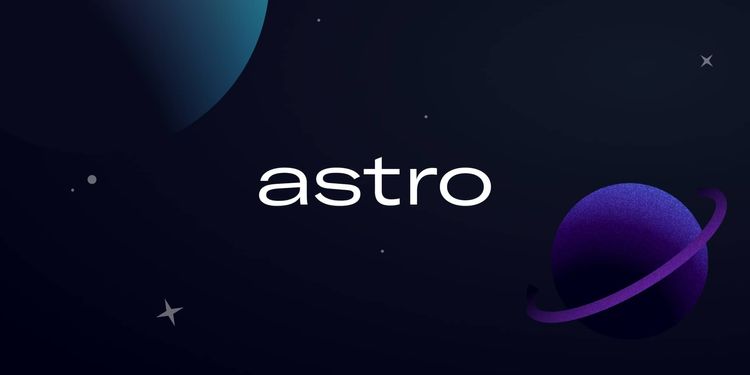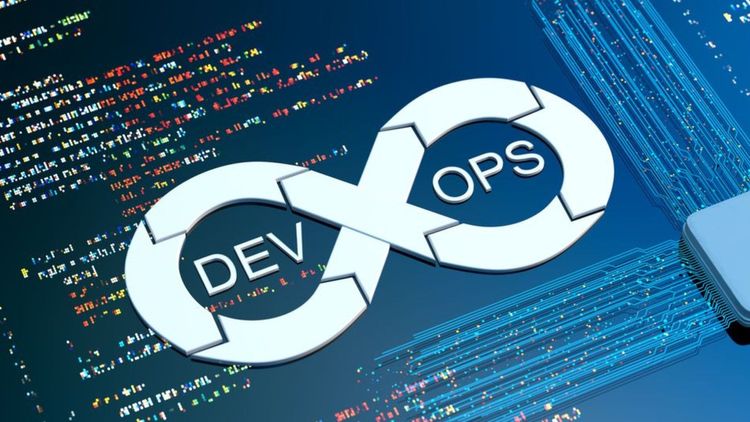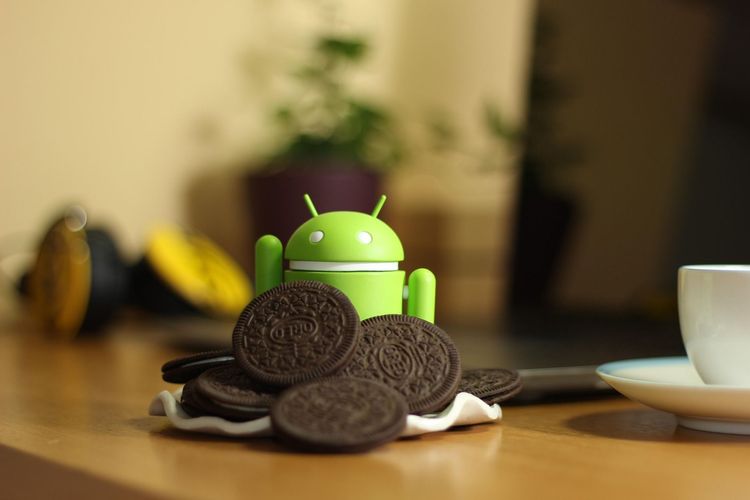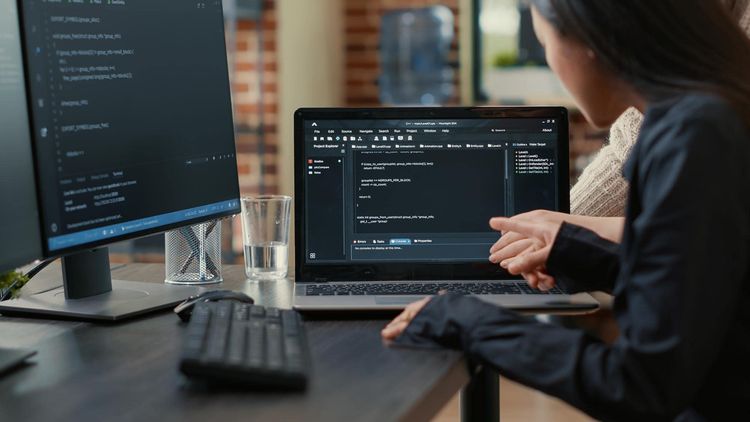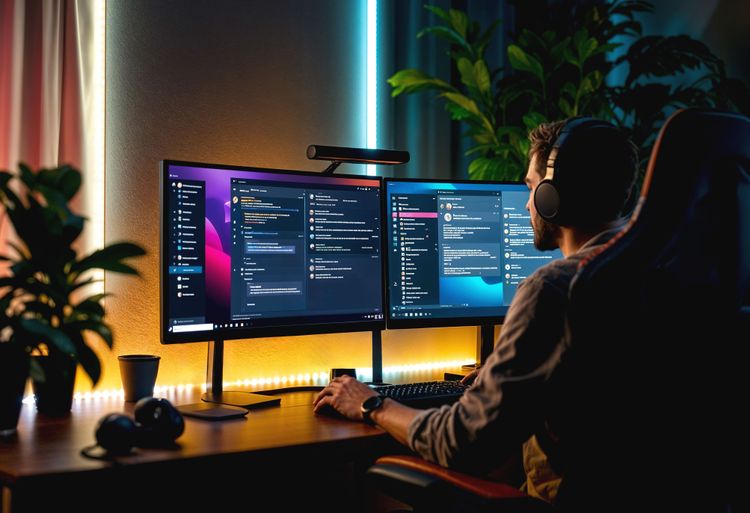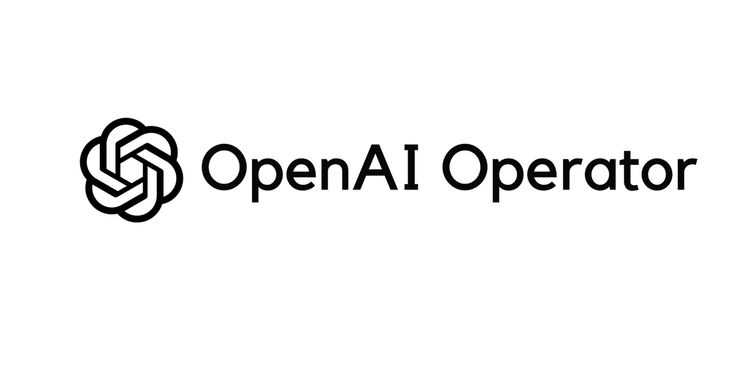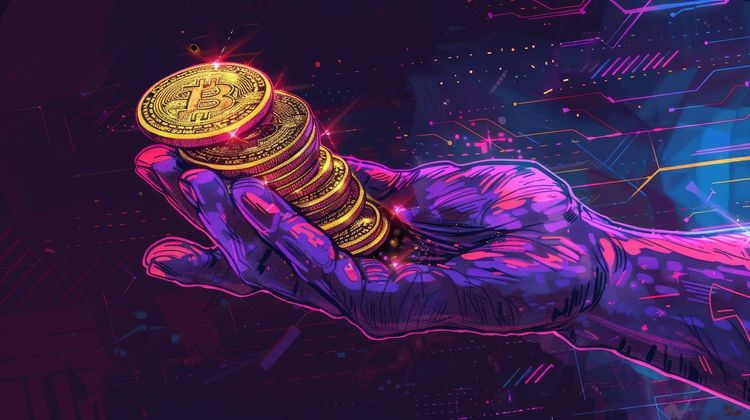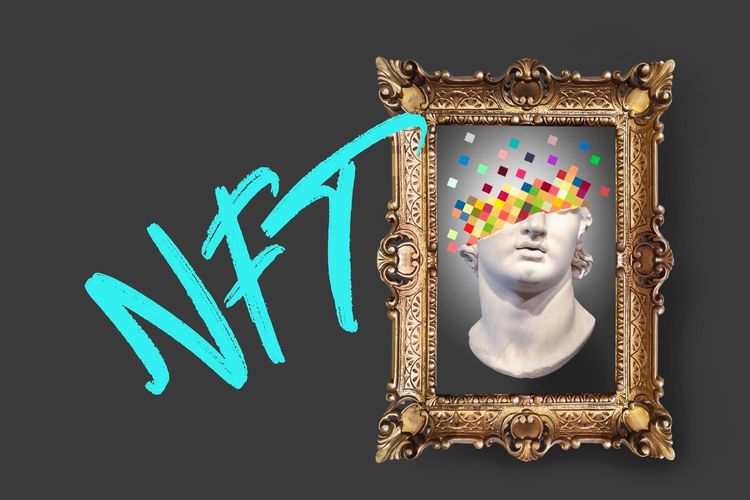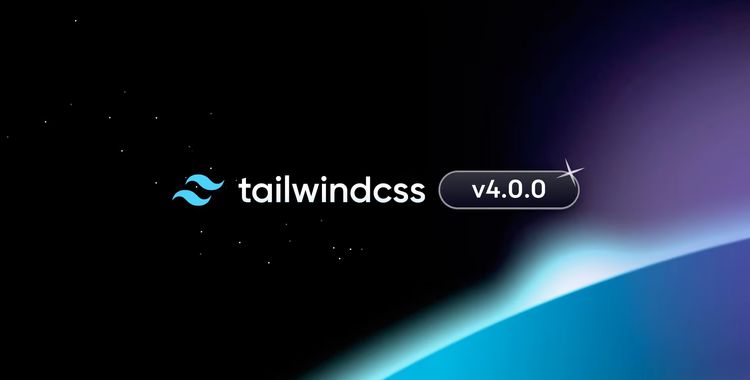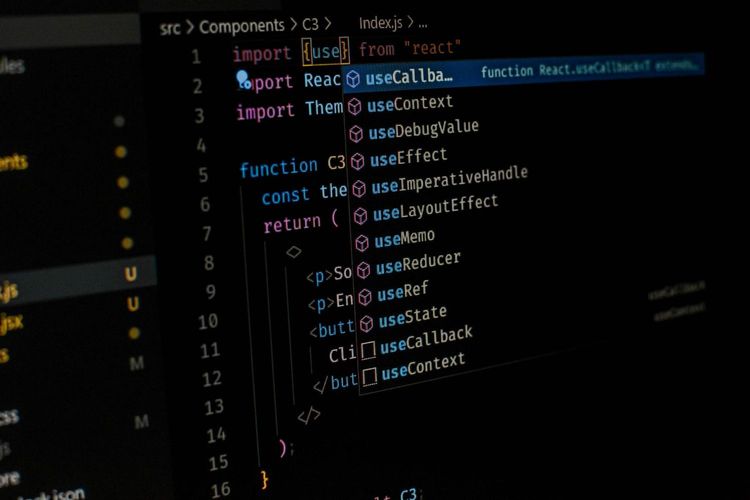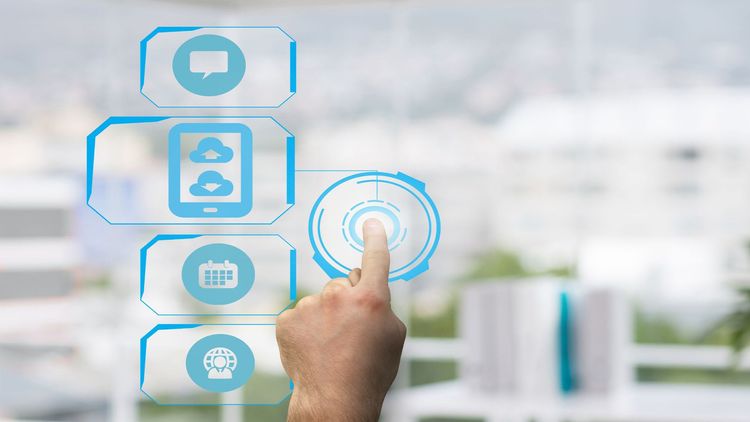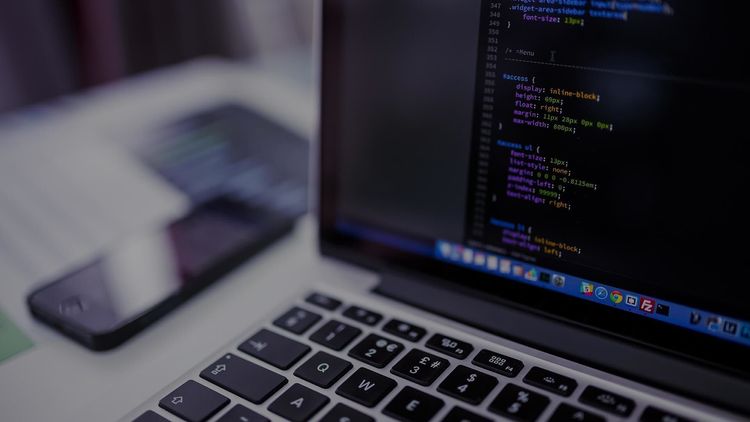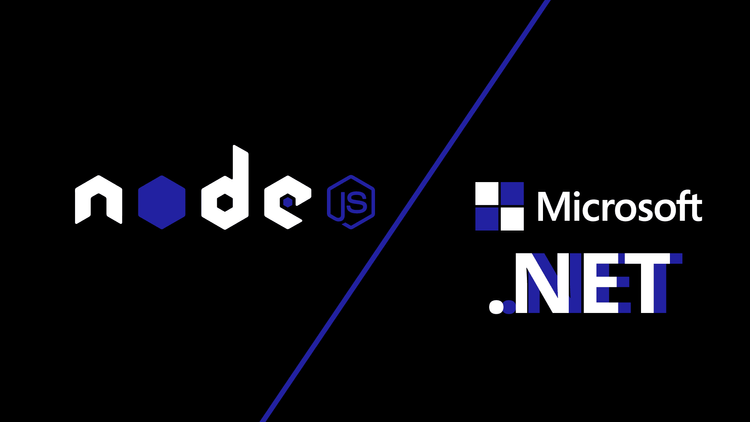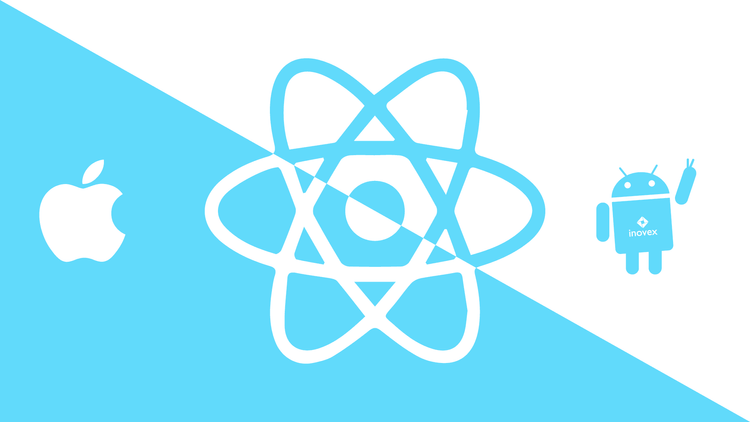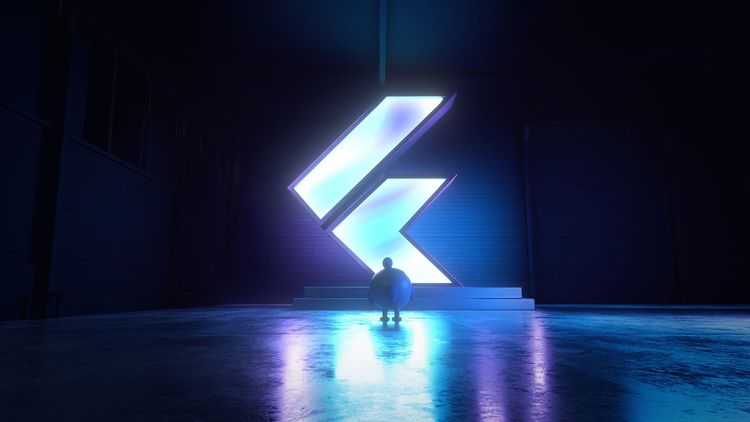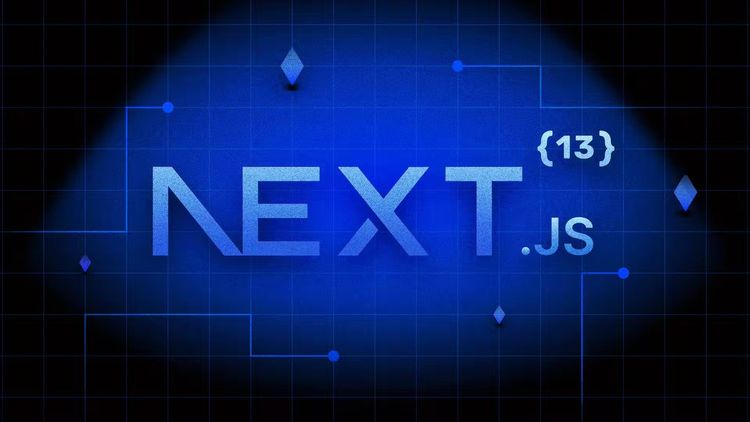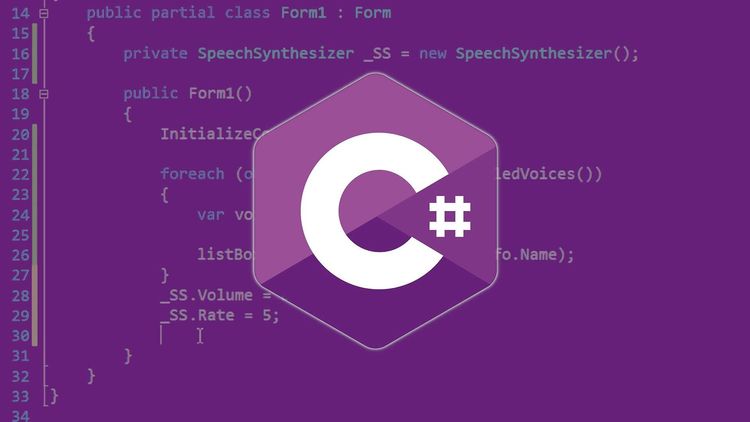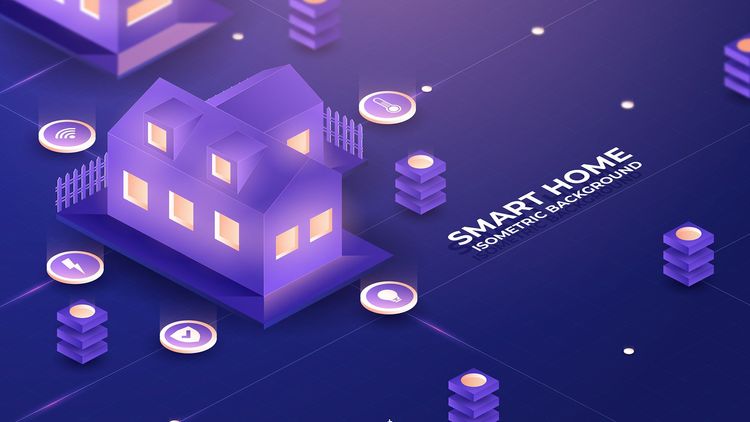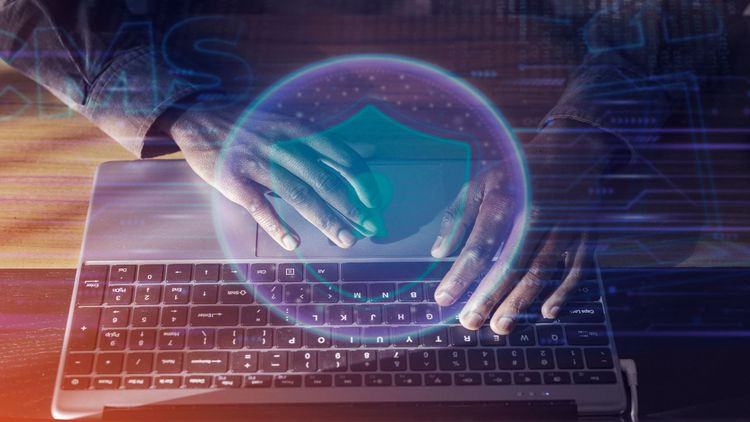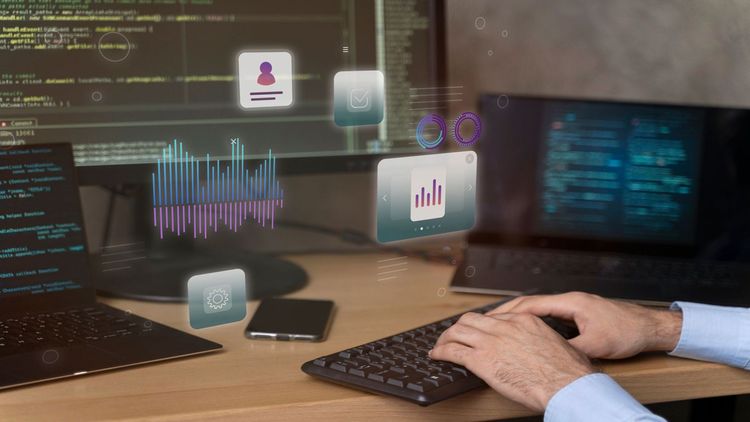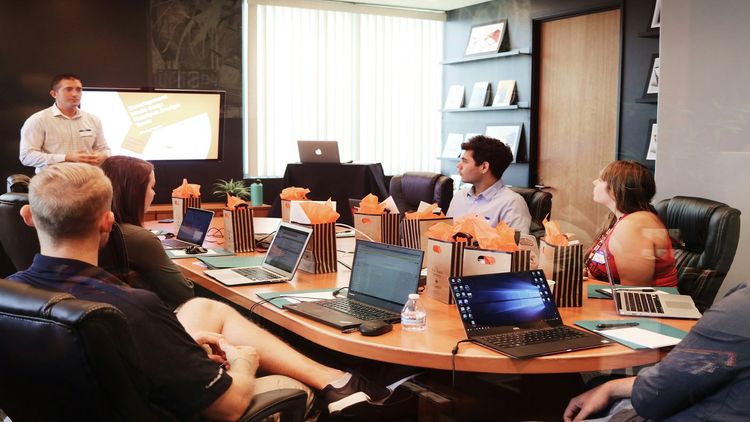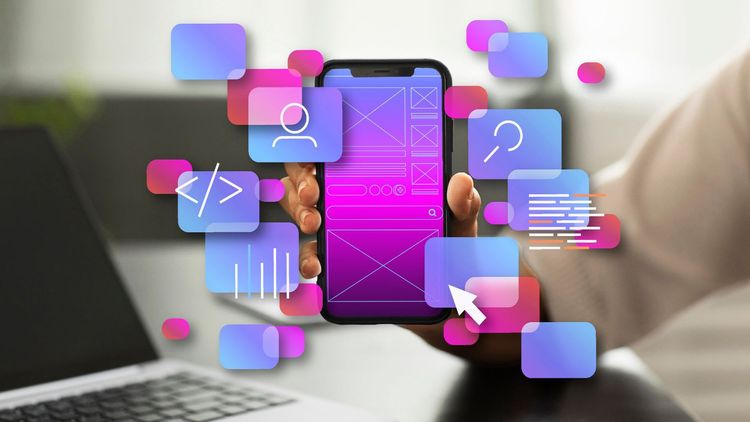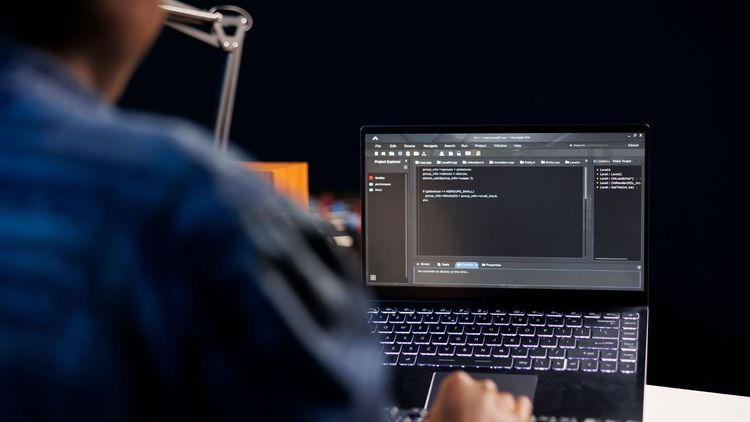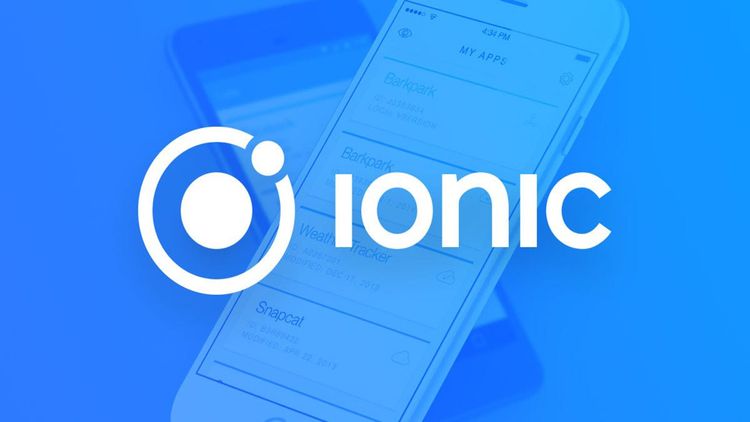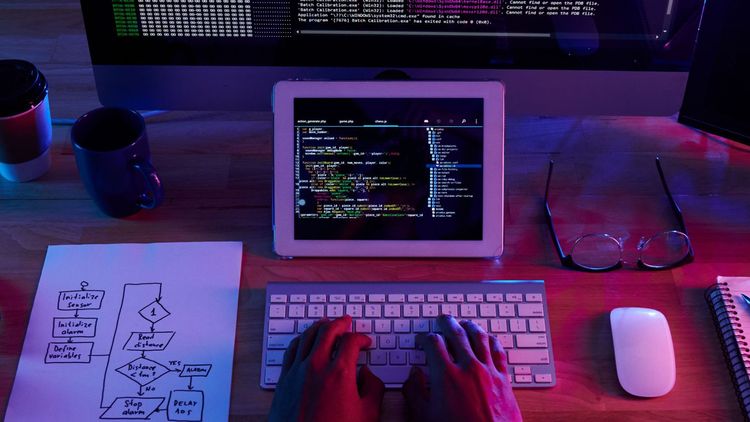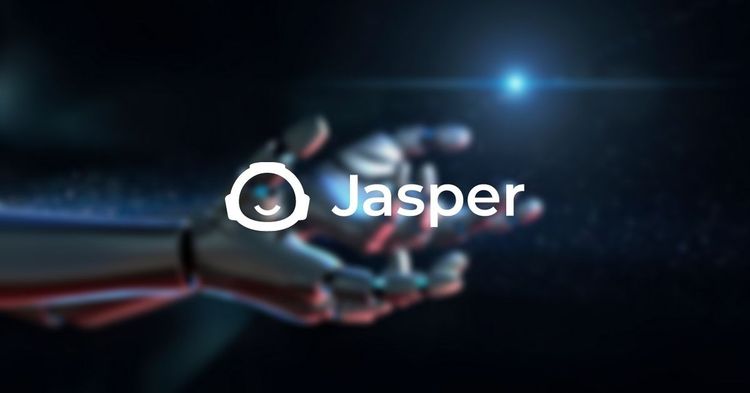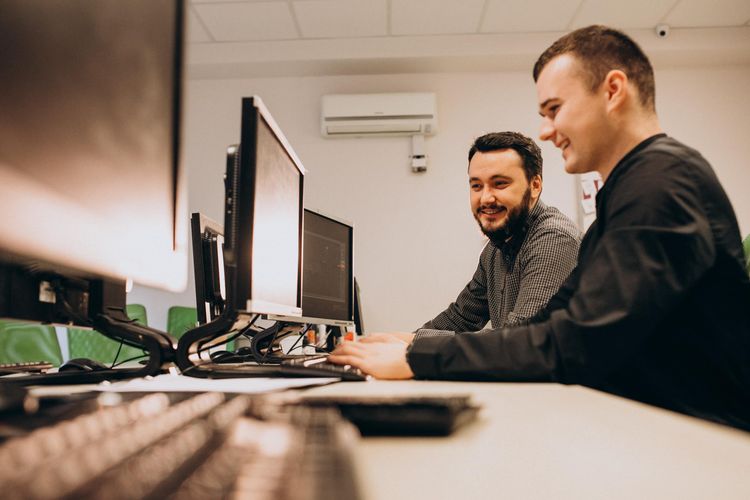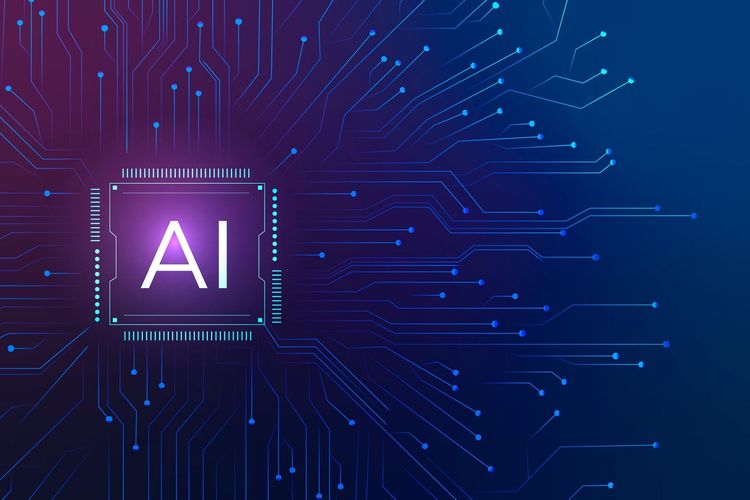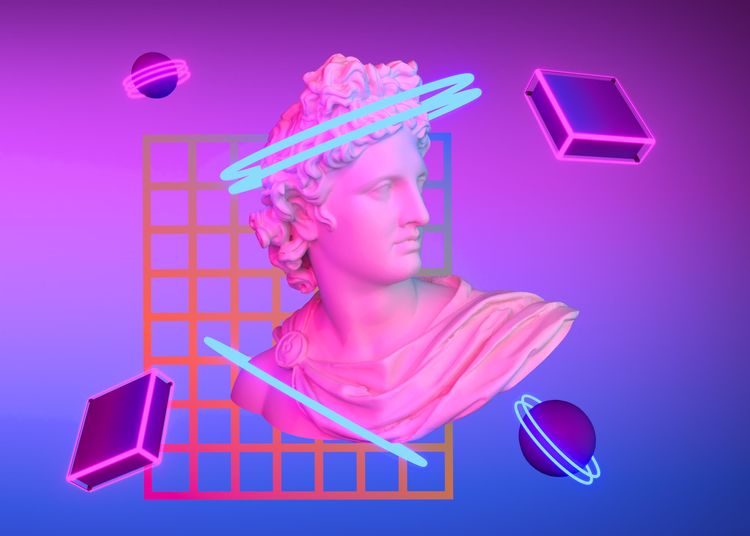The frequent use of tools and applications makes the meaning of some terms and the difference between them, such as buying/selling and minting/redeeming, blurry. But in this post we will expand a little on the term "Minting", which is nothing more than a colloquial adaptation of the English verb "to mint", so to help with understanding, we will translate it as issuing.
Minting means, in a more literal term, "minting". Like someone who mints a coin. Basically, it involves creating the NFT (adding information) on the blockchain. The term "mintable" is becoming more and more popular. Now that we know this term, we can talk about mintable tokens.
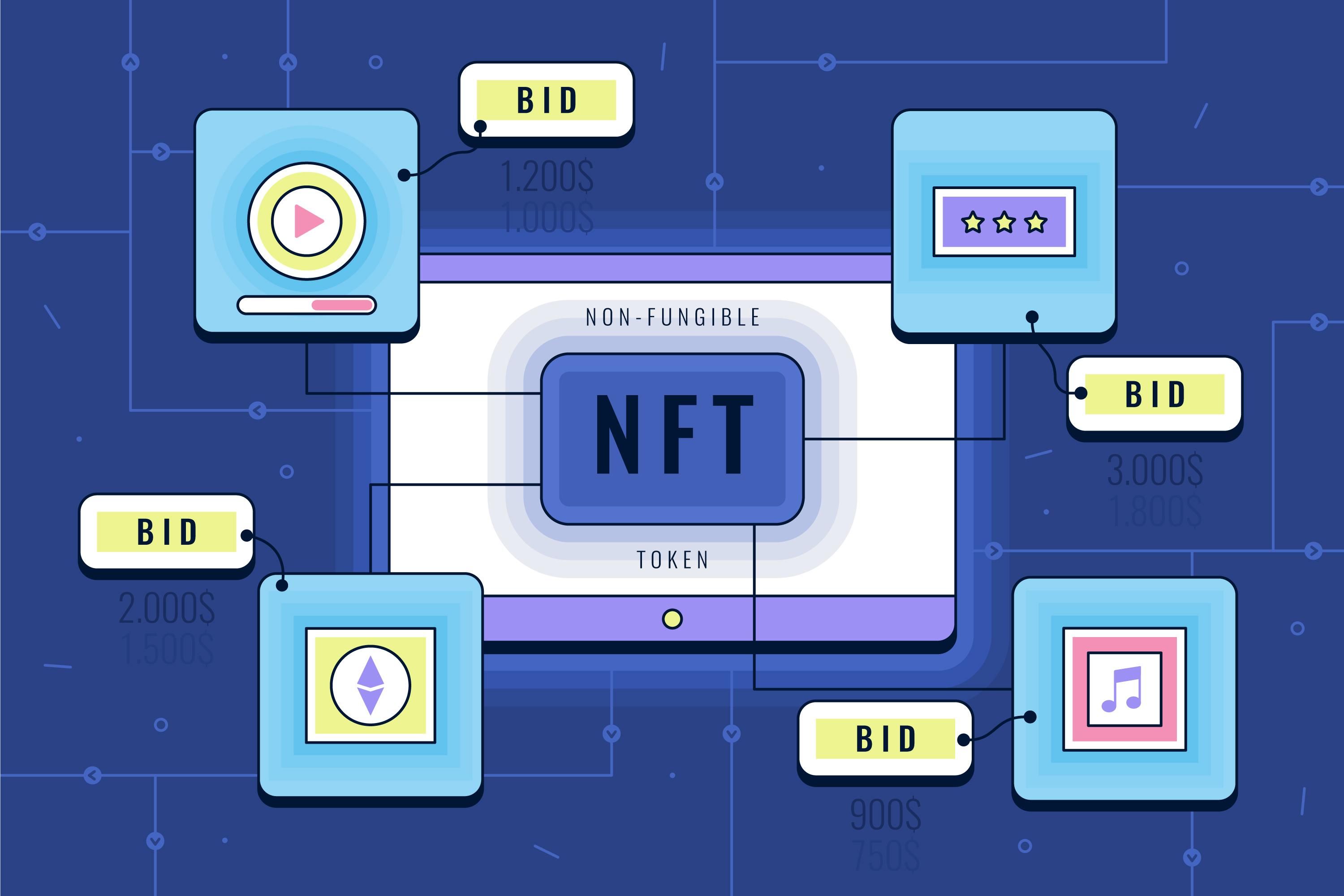
Mintable Tokens
These are tokens with a non-fixed total supply, which allows the token issuer to "mint" more tokens whenever they want. There is a strict limit set to establish the maximum amount of tokens that will exist. When the collective sale ends, if the maximum limit was not met, the tokens would be minted up to the maximum limit and transferred to the team.
The difference with ERC20 tokens is that most "mintable" tokens are ERC20 tokens. In addition to the functions required by ERC20, they add a "mint" function (and often a "burn" function) that increases the total supply. So yes, you can set an initial total supply, but the main idea is that the total supply is not fixed.
What is mintable?
Minting NFTs on Ethereum is expensive, and in fact it has been something that has made other marketplaces like Hicetnunc on Tezos succeed. But a platform called Mintable appeared that allows you to mint without having to pay anything. In this post we will tell you how to do it.
Mintable is an Ethereum marketplace where you can mint completely for free thanks to its "gasless minting". This is something that can help democratize access to minting NFTs, as it doesn't matter if you don't have resources. It is also a way to save money if we are a little tight on money. In addition, this marketplace also works with a blockchain called Zilliqa.
As of today, it is not clear why you can mint for free on this platform, since according to them they do not use a "layer 2" network (a secondary blockchain) and the buyer does not pay the gas fees for minting. The most likely scenario is that they are covering the costs of minting themselves, as Opensea does, although with this other marketplace it is necessary to pay initial gas fees.
The "mintable" token is not mined
Unlike mining cryptocurrencies, this process does not produce energy costs, as is traditionally done. Mining also creates new "tokens", but subject to the consensus of the blockchain network, in Proof of Work and Proof of Stake models. Mining Bitcoin or other conventional cryptocurrencies creates tokens to keep the network secure and create new blocks.
The minting process does not require equipment for calculations, like mining does. The only thing necessary is to have cryptocurrencies that are accepted in the smart contract. For now, since Ethereum is the most popular cryptocurrency in this regard, the ERC20 standard token is used to create this "mintable" model.
Minting virtual coins
The "mintable" token is the product of minting, because it is similar to the process of minting coins or money in real life, but in a digital or virtual way. In a decentralized application, a smart contract is established, which has an address with the role of "mintable". This role is what gives the privilege of creating new tokens or coins.
The user sends a specific cryptocurrency, accepted in the smart contract, according to how it has been programmed by the creators. That transaction will lock the coins that the user sends, and in their favor, they will begin to mint the counterpart tokens, that is, to earn interest.
Still have doubts? Contact us and we will clarify all your doubts regarding NFTs & Blockchain.
